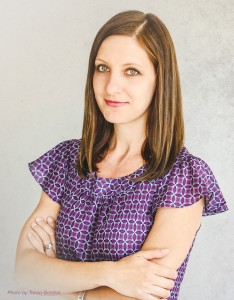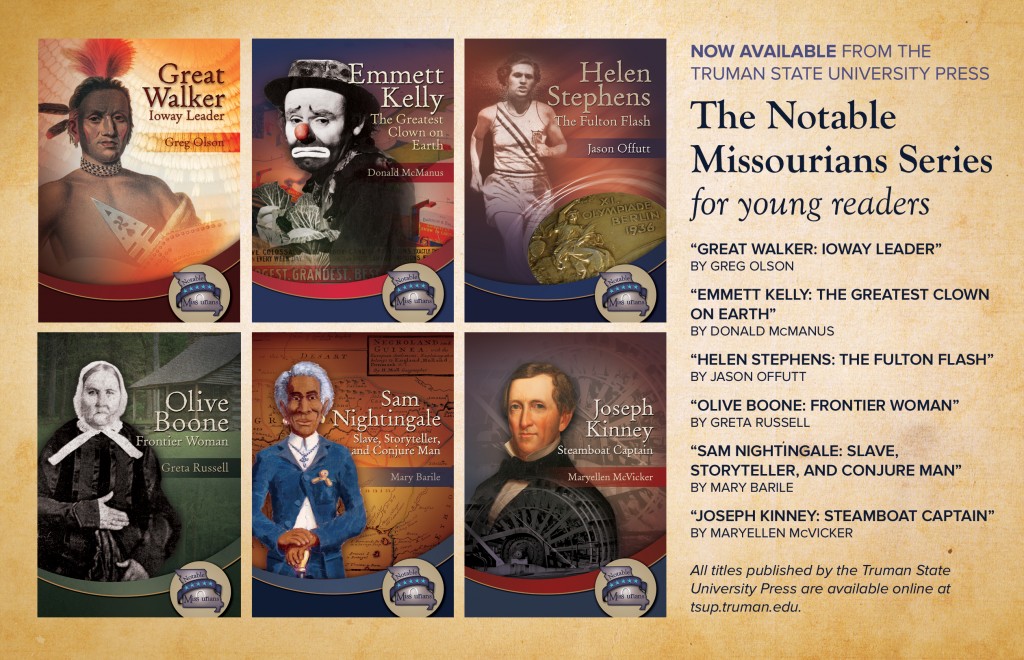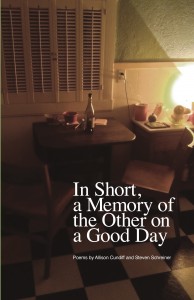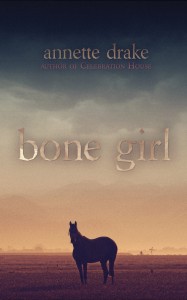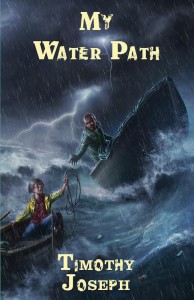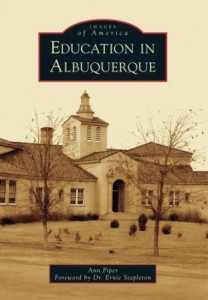A small group of Truman alumni from two different schools, hundreds of miles apart, joined forces and helped students examine a complex cultural issue.
Not many people would jump at the chance to spend close to 40 hours driving nearly 2,200 miles round trip in a van with teenagers, but Chris Holmes (’90) was excited at the prospect. Holmes, a journalism teacher at Hazelwood West High School in Hazelwood, Mo., spent months planning an out-of-classroom experience for some of his students, and during their spring break in March it finally came to fruition.
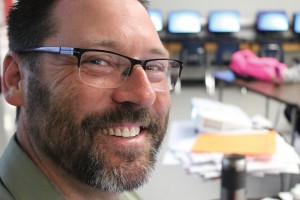
Chris Holmes (’90)
An editor of the Index student newspaper during his time at Truman, Holmes missed being a practicing journalist and wanted to provide his students with a unique learning experience they might find transformative. Last fall, he came up with the idea of having them examine, firsthand, the topic of immigration reform. Specifically, they would be looking at teenagers’ perspectives on the issue.
“We wanted to choose a newsworthy topic that we could realistically tackle,” Holmes said. “Our focus on Hispanic teenagers’ perspectives of immigration reform, combined with our own observations, allowed us to cover the topic—one of the nation’s most timely and explosive issues—in a way that few journalists have ever done.”
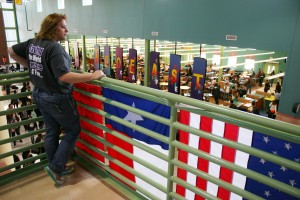
Stephanie Inlow (’88) looks out over the Weslaco East High School commons.
Once the subject was decided, a little luck was involved in determining the destination where the students could conduct their research. Stephanie Inlow (’88) and Holmes were classmates at Truman. They had known each other for years, having met at a church camp in their youth, but after graduation they lost touch. Years later they rekindled their friendship through Facebook, something that proved advantageous for this particular project. Holmes knew Inlow was a guidance counselor at a school in Texas, and in his search for a location, messaged her to find out specifically where she worked.
The town of Weslaco is home to about 25,000 people. Not far from the Gulf of Mexico, near the southern-most tip of the state, it sits in the border county of Hidalgo—the perfect site for the students’ project. In addition to Inlow, three other University alumni, Carey Boleach (’86), Melisse Krink (’86) and Tom Owens (’85), also happened to work in the school district, further solidifying the Truman connection. In total, six University alumni had varying degrees of involvement in the project as Kate Ramatowski (’04, ’05), who also teaches at Hazelwood West, served as a second escort on the trip.
After getting approval from administrators in both schools, and a preliminary trip to the area by Holmes, the plan was set in motion. An anonymous donor contributed enough funding to cover transportation and hotel accommodations, while the students contributed with a fundraising event of their own. Seven students, three juniors and four seniors, made the trip during the week of their spring break in March.
“It consumed their entire spring break. The fact that these students were eager to give that up for something academic says a lot about them,” Holmes said.
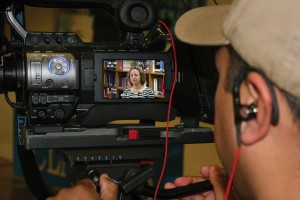
Representatives from the Weslaco Independent School District interview Kate Ramatowski (’04, ’05) during the trip to the Rio Grande Valley.
The overall goal of the project was to examine perspectives on immigration reform from teenagers living on the border. By extension, topics such as opportunities, language barriers, cultural differences and socioeconomic struggles would naturally be addressed. To fully grasp the experience, the Missouri students were immersed in the lives of their counterparts, spending 24 hours a day with them and living with their families. Prior to their arrival, the Hazelwood West students were partnered with students from Weslaco East High School. The pairs got to know each other via text messages and social media, and once the students were brought together, Holmes saw nothing but positive interactions.
“I believe there was a period of adjustment, more for some than others because of the homes and environments in which they were placed,” he said. “After a couple days, they were all comfortable. By week’s end, a few of them seemed to have sparked friendships that will last for decades. The trip definitely affected these kids in many ways, but I think the most significant thing they brought back was wisdom. They didn’t just learn facts or gather opinions, they gained insight that would otherwise be unattainable in a classroom.”
According to Inlow, the Weslaco students and their families were excited about hosting the Hazelwood contingent, and she feels they made a connection with their guests.
“Our culture here in the Rio Grande Valley is very welcoming, gracious and giving,” she said. “It gave us an opportunity to showcase our school and our culture to some amazing young people from St. Louis, and hopefully give them a better understanding of Hispanic culture, our education, families, food and more importantly, the immigration issues that touch so many of our young students here.”
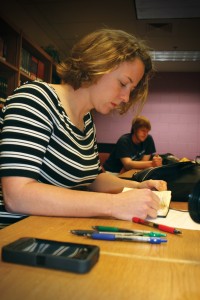
Kate Ramatowski (’04, ’05) goes over interview notes with Hazelwood West High School student Kyle Raup.
After returning to Hazelwood, the students began to digest the information they gathered, and expanded their reporting with some follow-up interviews and additional research. Two weeks in May were devoted to writing, editing and revising their stories, which were compiled into a hardbound book and made available to students, teachers and administrators at both schools. Their stories will also be made available online soon.
In addition to gaining experience in the field, Holmes would like the students to take something else away from the project.
“I hope our students, both those in Hazelwood and in Weslaco, see the world a little more clearly, and contemplate these controversial issues more intelligently,” he said. “I hope they realize that people are people, no matter where they live, what language they speak or from what circumstances they come. Also, I hope they share this insight with an audience that would not otherwise understand such things, causing them to think and debate.”
Holmes is interested in making this journalism expedition an annual event for students at his school. He is exploring new topics for future trips, and several students have already expressed interest in participating. He credits his own experiences at Truman, and a connection to other University alumni, for allowing him to make this particular dream become a reality.
 While pitching her book to potential agents, McHugh was not initially successful. Her first query letter generated little response, forcing her to try again. During her second attempt, she emphasized her personal connection to the Ozarks and tried to evoke the mood better by comparing it to titles like “Bloodroot” and “Winter’s Bone.”
While pitching her book to potential agents, McHugh was not initially successful. Her first query letter generated little response, forcing her to try again. During her second attempt, she emphasized her personal connection to the Ozarks and tried to evoke the mood better by comparing it to titles like “Bloodroot” and “Winter’s Bone.”
